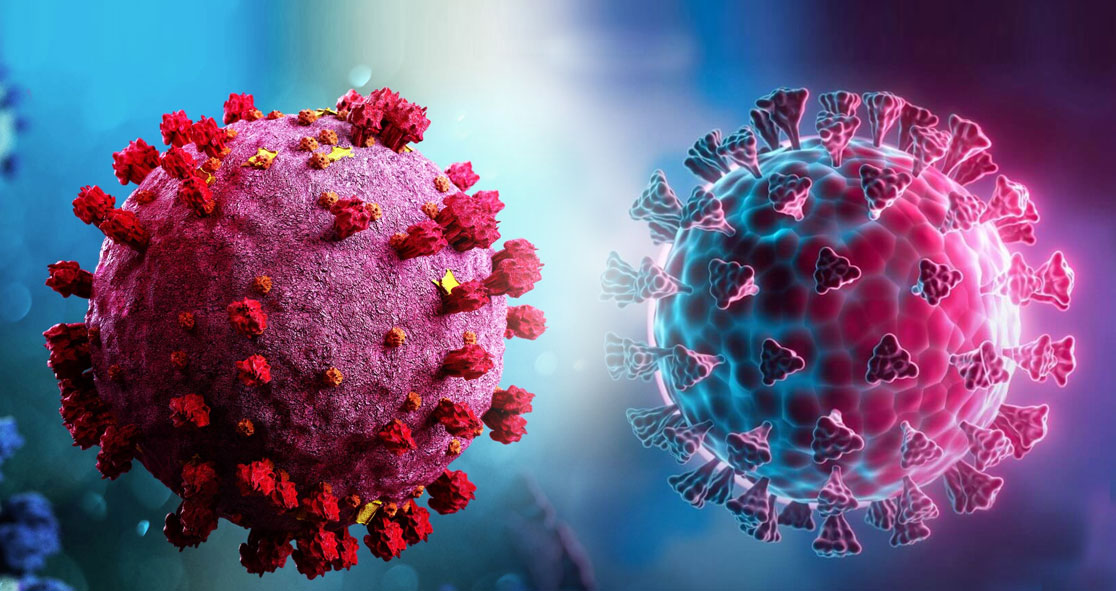The SARS-CoV-2 virus, which causes COVID-19 infection, is mutating and keeping the world on its toes.
A new study from the lab of Prof. Gary Whittaker of Cornell University College of Veterinary Medicine has outlined important information about Omicron’s older variant sibling, Alpha, which was first identified in the U.K. in 2020.
The study, published last month in the journal iScience, found that the mutation that gave birth to Alpha in the first place is very similar to Omicron, but they show different levels of virulence.
The researchers identified a major mutation in a key region of Alpha’s spike protein called the furin cleavage site, where the virus’s viciousness comes from.
However, “it actually turned out to be relatively inconsequential,” Prof. Whittaker said. Alpha had a notable mutation in the furin cleavage site, but it had little effect on its ability to infect cells and cause disease.
The team explained that Alpha and Omicron share the same furin cleavage mutation, but on a different genetic background, which is why Omicron is spreading like wildfire but seems to cause less severe sickness.
Prof. Whittaker explained, “Omicron has a lot of the same features as Alpha so what we learned about Alpha helps us understand Omicron and possible future variants.”
“Alpha didn’t capture people’s attention here in the States because it didn’t hit us that hard at the time,” he added. “In the U.K., it hit like a sledgehammer. It arrived right before Christmas (2020), essentially canceling the holiday, and it became quite the big deal politically.”
“When it arrived in the U.S., it was more around February (2021), and thus much less impactful,” he noted.
Alpha was the first major mutation of the coronavirus, occurring in the furin cleavage site. However, this change in alpha did not make much of a difference in its impact as a disease. Rather, it took the advent of Delta, featuring a different mutation in the same site, doing the job correctly and turning the virus into a more lethal weapon, according to Prof. Whittaker.
He explained, “Omicron went back to square one. It returned to the same genetic change in the furin cleavage site that alpha had. It essentially took a large step back in its evolutionary trajectory as a disease agent.”
“Alpha would cause cells to fuse,” he added. “Delta would fuse cells even more…. but then omicron comes along, and its host cells aren’t fusing at all. It has gone completely backwards.”
Both Alpha and Omicron’s furin cleavage sites were essentially the same. However, Alpha was considered a deadlier variant than Omicron, why? Prof. Whittaker hopes the answer must but in another part of these variants’ genetic makeup.























